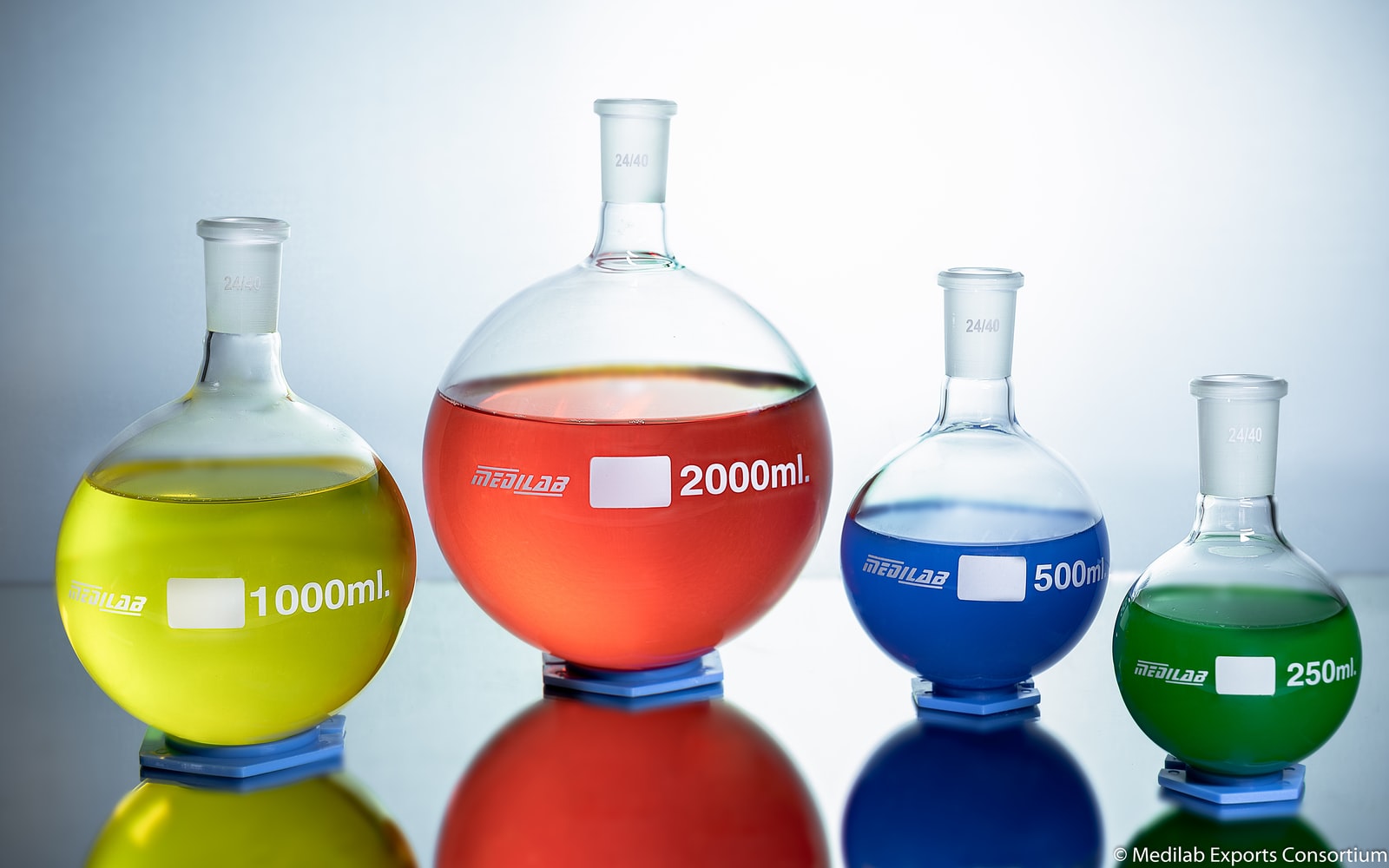
Fluorescent sensors
Metal ions such as zinc, copper, and iron are essential for enzymatic reactions and biological processes, whereas cadmium, mercury, and lead are hazardous to human health.1 Hence, detecting metal ions from the environment and biological samples has gained interest among scientists, including chemists, environmentalists, and clinical biochemists. Several traditional methods that detect metal cations, such as electroanalytical, flame photometry, ICP-MS, atomic absorption, etc., are expensive or time-consuming.2, 3
Hence, the sensing of metal ions based on fluorescence is growing in attention due to its low cost and ease of use in detecting trace metals. Fluorescence-based metal ion detection requires well-designed chemosensors which are sensitive and bind selectively to their targets. The sensing signal of the chemosensors is produced due to the change in electronic properties during the charge transfer process between ligand and metal.
These signals are hugely dependent on the interaction between ligands and metal ions and affected by various processes such as fluorescence resonance charge transfer, excimer-exciplex formation, fluorescence resonance energy transfer, excited-state intramolecular proton transfer, photo-induced electron transfer, change in redox potential, etc.4, 5 The Lewis basicity of donor atoms in the cavity plays a vital role in forming complexes with cations, so tuning the identity of donor atoms profoundly changes the selectivity and sensitivity of sensors.
I intend to synthesize nitrogen-containing sensors where the nitrogen atom acts as a donor atom for metal ion complexation due to the presence of the lone pair, which can easily tune to improve the sensitivity and selectivity. I have designed metal sensors based on anthraquinone crown ethers and the pyridine platform. It was challenging to introduce nitrogen atoms selectively to the internal carbonyl group of the anthraquinone crown ethers; however, we synthesized several internal aliphatic derivatives containing nitrogen.
This work shows a delicate balance regarding the basicity of the Lewis donor atoms present in the host macrocycle responsible for the resulting selectivity. Subsequently, my attention shifted towards detecting biological essential metal cations from living cells. In this regard, I synthesized a highly selective and sensitive fluorescent sensor based on pyridine to detect zinc ions. This gives me more exposure to synthesizing organometallic complexes.
References:
1. Fu, F.; Wang, Q., Removal of heavy metal ions from wastewaters: a review. Journal of environmental management 2011, 92 (3), 407-418.
2. Omanović, D.; Garnier, C.; Gibbon–Walsh, K.; Pižeta, I., Electroanalysis in environmental monitoring: Tracking trace metals—A mini review. Electrochemistry Communications 2015, 61, 78-83.
3. McBride, M. B.; Spiers, G., Trace element content of selected fertilizers and dairy manures as determined by ICP–MS. Communications in Soil Science and Plant Analysis 2001, 32 (1-2), 139-156.
4. Barba-Bon, A.; Costero, A. M.; Gil, S.; Parra, M.; Soto, J.; Martínez-Máñez, R.; Sancenón, F., A new selective fluorogenic probe for trivalent cations. Chemical Communications 2012, 48 (24), 3000-3002.
5. Kaur, B.; Kaur, N.; Kumar, S., Colorimetric metal ion sensors–a comprehensive review of the years 2011–2016. Coordination Chemistry Reviews 2018, 358, 13-69.
6. Catlow, C. R.; Davidson, M.; Hardacre, C.; Hutchings, G. J., Catalysis making the world a better place. The Royal Society Publishing: 2016; Vol. 374, p 20150089.
